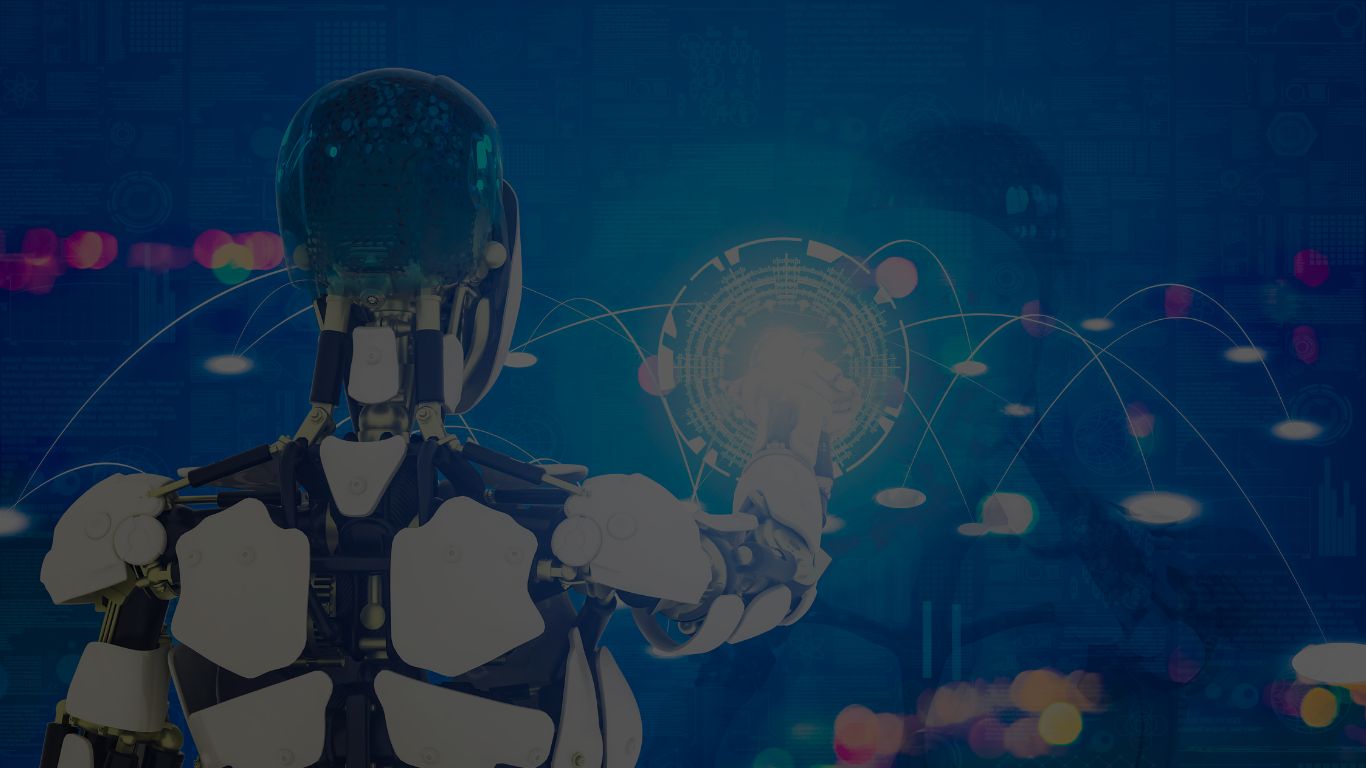
In the rapidly evolving digital landscape, Agentic AI has emerged as a transformative force—reshaping how technology operates, learns, and makes decisions. Unlike traditional AI systems that passively respond to predefined inputs, Agentic AI brings autonomous decision-making, context awareness, and goal-oriented behavior to the forefront. Let’s check what sets this groundbreaking technology apart, how it’s revolutionizing industries, and why its adoption is pivotal in the modern world.
What is Agentic AI?
Agentic AI refers to artificial intelligence systems with the capacity to act independently, make decisions, and pursue complex goals without constant human supervision. The term “agentic” is derived from psychology, where agency denotes the ability to initiate and control actions to achieve objectives.
Unlike conventional AI, which follows static rules or relies heavily on human prompts, Agentic AI embodies self-directed intelligence. It can:
- Perceive its environment using real-time data from various sources.
- Reason through complex problems using advanced language models and reasoning engines.
- Execute multi-step actions autonomously.
- Continuously learn and adapt from feedback to refine its future behavior.
Core Principles and Capabilities
Agentic AI systems stand out through their:
Autonomous Decision-Making: They independently determine the best course of action in dynamic environments, reducing the need for constant human oversight.
Continuous Learning: Through reinforcement learning and feedback loops, they improve their performance over time, adapting to new scenarios and data.
Goal-Oriented Behavior: They break down complex tasks into manageable subtasks, coordinating efforts to achieve primary objectives efficiently.
Context Awareness: They interpret data from sensors, digital interfaces, and operational systems, enabling intelligent responses to changing conditions.
Architectural Layers: How Agentic AI Works
A typical Agentic AI system is structured into three core layers:
1. Perception Layer
Collects and processes data from various sources (IoT sensors, APIs, databases) to understand the environment.
2. Reasoning Layer
Powered by large language models (LLMs) and small language models (SLMs), this layer interprets data, plans tasks, and generates actionable solutions.
3. Action Layer
Executes decisions through interfaces or tools, orchestrating real-world actions and gathering feedback for continuous improvement.
This multi-layered architecture ensures that Agentic AI can sense, think, and act—mirroring human-like cognitive processes at machine speed.
Distinguishing Agentic AI from Traditional AI
Traditional AI
- Reactive systems that follow predefined rules or respond to human prompts.
- Limited to static tasks with minimal adaptability.
Agentic AI
- Proactive systems capable of dynamic decision-making, adapting to unforeseen challenges.
- Integrates generative outputs, environmental sensing, and autonomous execution to complete complex objectives.
Industry Applications and Use Cases
Financial Services
Agentic AI is transforming finance by autonomously monitoring markets, executing trades, and managing risks in real-time. These systems can detect anomalies, adjust portfolios, and interact with other AI agents to coordinate complex financial workflows.
Healthcare
In healthcare, Agentic AI personalizes treatment by analyzing patient data, monitoring health in real-time, and recommending interventions. Its ability to operate autonomously ensures timely decisions in critical scenarios, like emergency response or isolated care.
Manufacturing
Manufacturers leverage Agentic AI to optimize production lines, manage inventory, and coordinate supply chains. For example, an Agentic AI can autonomously adjust equipment parameters to improve energy efficiency and product quality, reducing human oversight.
Cybersecurity
Agentic AI enhances threat detection by autonomously analyzing network traffic, identifying anomalies, and initiating countermeasures. It can even simulate cyberattacks to test defenses, offering continuous security assurance.
Ethical and Governance Considerations
With great autonomy comes responsibility. Agentic AI introduces challenges such as:
- Accountability: Who is responsible for decisions made by AI agents?
- Transparency: How do these systems arrive at their decisions, especially in high-stakes contexts?
- Bias: How do we ensure AI decisions remain fair and unbiased, given the risk of perpetuating existing societal biases?
- Privacy: Can AI systems respect data privacy while autonomously accessing and acting on personal information?
To address these, organizations must invest in explainable AI, develop ethical governance frameworks, and implement robust accountability mechanisms to maintain public trust.
Future Outlook
As Agentic AI continues to evolve, several trends will shape its adoption:
- Multi-Agent Collaboration: Specialized AI agents working together to tackle large-scale, complex problems.
- Integration with Emerging Technologies: Quantum computing, 5G, and IoT will enhance real-time data processing and decision-making.
- Industry-Specific Adaptations: Tailored solutions for sectors like agriculture, education, and logistics will drive transformative change.
Conclusion
Agentic AI is more than a technological advancement—it’s a revolution in autonomous intelligence. By empowering systems to think, decide, and act independently, it opens doors to unprecedented levels of efficiency, adaptability, and innovation. From transforming industries to reshaping our daily interactions with technology, the impact of Agentic AI will be felt across every sector.
Yet, as we embrace this new era, balancing innovation with ethical considerations and governance is crucial. With thoughtful implementation, Agentic AI can help us build a future where technology not only augments human capabilities but does so responsibly, transparently, and with positive societal impact.





